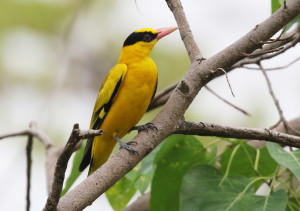
Most people who have visited Thailand will not be familiar with Benjakitti Park in Bangkok. Lumphini Park is well-known and well-visited by birders and over recent years Rot Fai Park and the adjacent Queen Sirikit Park have become favourites with birdwatchers in Bangkok. However, Benjakitti Park may well become a regular in the Bangkok birding scene in years to come with the large extension that is in the process of being opened up to the public.
Until recently Benjakitti Park offered a fairly limited plot of land to walk around on despite occupying a large area; most of the site being a sterile lake. It wasn’t always this way though, I remember ending up here in the late 1990s when the whole plot of land was an overgrown area of wetland with Asian Golden Weavers, Bronze-winged Jacanas and other wetland birds apparent even though I was not actually visiting for birding nor using binoculars. However, in more recent years it has been converted to a public access area with a good number of mature trees down one side. But now, there is a huge extension to the park with some ambitious habitat creation and an incredible network of elevated walkways. I was in the area so decided to check it out and got some nice photos of some common garden/parkland birds.
As with any park in Bangkok birds such as Common Myna, Streak-eared Bulbul, Great (White-vented) Myna, Eastern Jungle Crow and Oriental Magpie Robin were much in evidence; everywhere in fact. But one bird that is more common in this park than many others is Black-collared Starling. This is by no means a rare bird but far less abundant in most of the city than it is at Benjakitti. I took the opportunity to photograph them and got a little video footage of its impressive call.
While watching the starlings I heard a commotion behind me with a whole host of birds going crazy about something. Streak-eared Bulbuls, Brown-throated Sunbirds, Common Tailorbird, Yellow-vented Bulbuls all attacking something in a tree. My guess was a small snake as this type of mobbing behaviour is usually directed at a predator and there was certainly no owl there. During this activity another small bird arrived but was difficult to see properly until it fluttered around; a female Small Minivet, that was unexpected.
A few migratory birds were about, a Taiga Flycatcher, a couple of leucogenis Ashy Drongos, a Black-naped Monarch and Asian Brown Flycatcher but I was interested in checking out the new part of the park and the elevated walkway.
Despite being a new park there are a good number of mature trees within it and this is due to the site’s history of being the gardens and avenues of the “Thailand Tobacco Monopoly”. I never really did understand this concept but assume that importation of tobacco was conducted exclusively by the Thai government, whatever the truth it is clear they have decided that such extensive grounds are no longer required and this is to the benefit of the public in this large new park. The elevated walkway immediately took me up into the lower part of the canopy where one tree was attracting a flurry of activity, particularly from Black-naped Orioles.
Most frequently I find myself looking up into the crown of large trees to see this handsome bird so it was nice to be elevated into their world for a while. It seemed that an emergence of caterpillars on one tree had attracted at least ten of the orioles to feed, giving me plenty of photo opportunities.
The elevated walkways overlook area of artifically-created wetlands that have been planted with a variety of plants. Currently these areas are a bit immature to attract many species but lots of Plain Prinias have already moved in and I saw a single Yellow-bellied Prinia too. Asian Openbills are becoming ubiquitous in and around Bangkok with a few having already found this new habitat. Little Egrets, Pond Herons and this Little Cormorant have also moved in and as the habitat matures I am sure other species will colonize too. With lots of Typha I suspect that Asian Golden Weavers will one day colonize this park.
For now though common garden and parkland birds are increasing in number here so I decided to just hang around and enjoy those, finding an Olive-backed Sunbird nest precariously hanging from a water lily leaf, just inches above the water.
The more colourful male was busy feeding on nearby flowers, apparently not helping the female in nest-building.
Another small bird that is virtually everywhere is Scaly-breasted Munia. I have seen them nesting in balcony pot plants where almost no other vegetation seems to exist so a park the size of Banjakitti Park is like heaven to them. I found quite large flocks of these cute little birds, feeding on the seeds of some aquatic plants.
Although much of the park is new, lots of mature trees create quite a canopy around the area and over recent years there have been some interesting migrant birds found in the older section so it will very interesting to see if a wider variety of passage migrants will be found here. The months of March/April and September/October/November seem to be the best for finding passage migrants. For my visit I was still able to enjoy one of Bangkok’s signature birds: Coppersmith Barbet.
The constant “poop, poop, poop, poop” of its call is one of the sounds of leafy parts of Bangkok and makes it easy to track down this colourful bird, but this one was feeding in the same tree as all the Black-naped Orioles as I was leaving the park.


 February 18th, 2022
February 18th, 2022  Nick
Nick 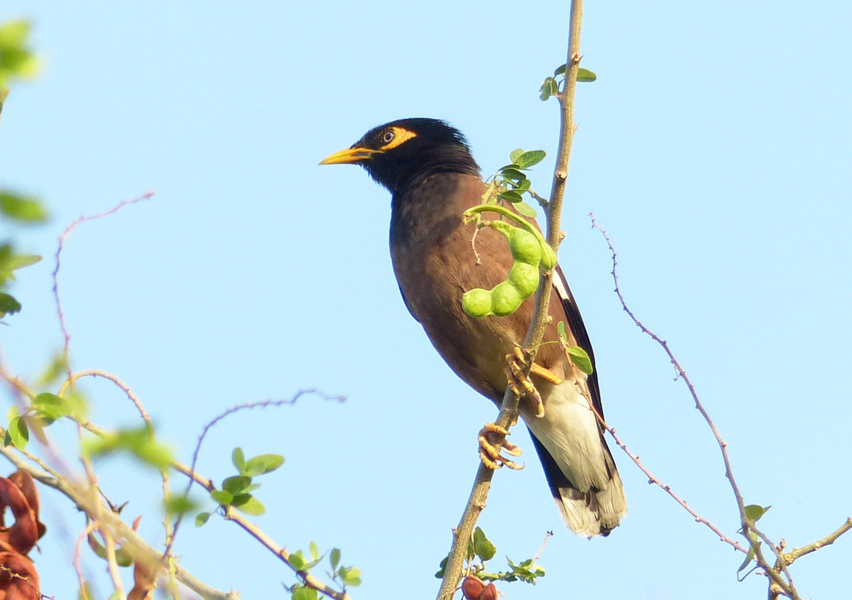
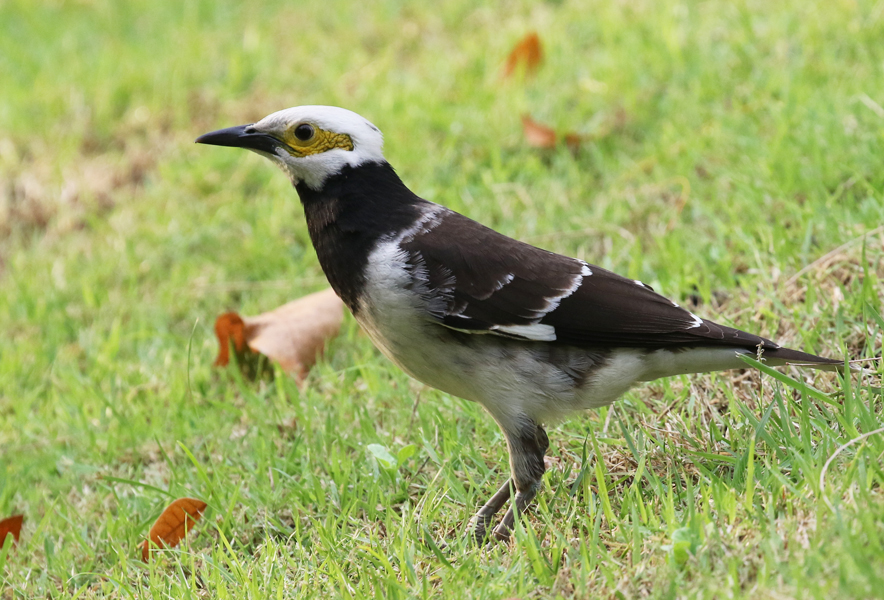
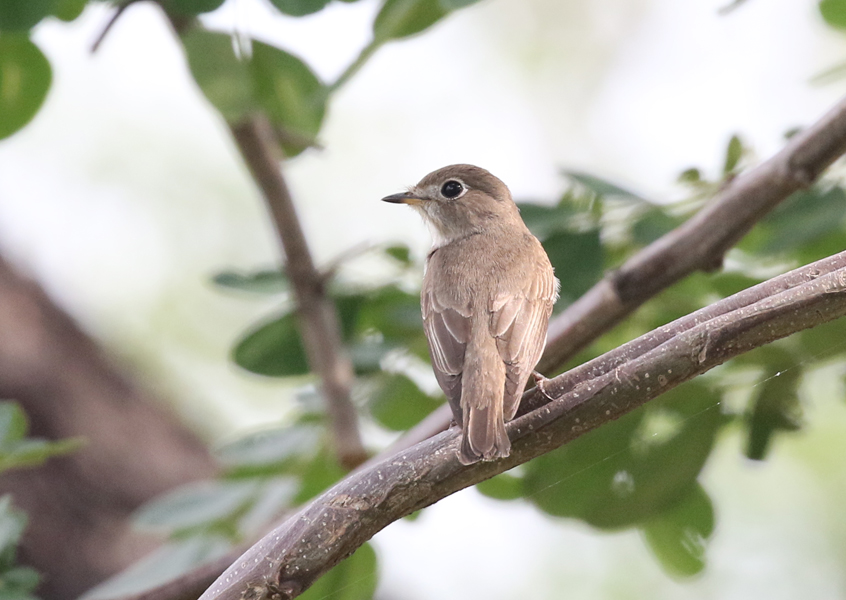

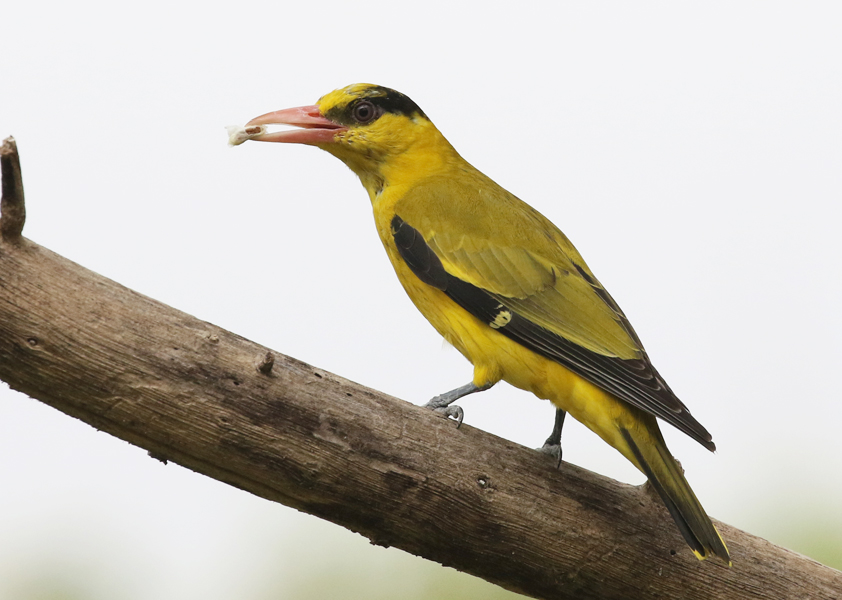
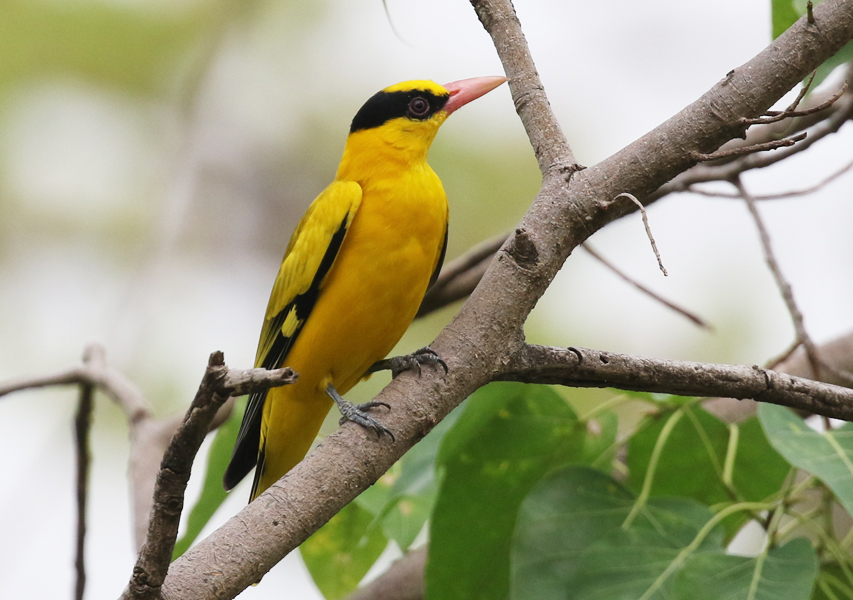
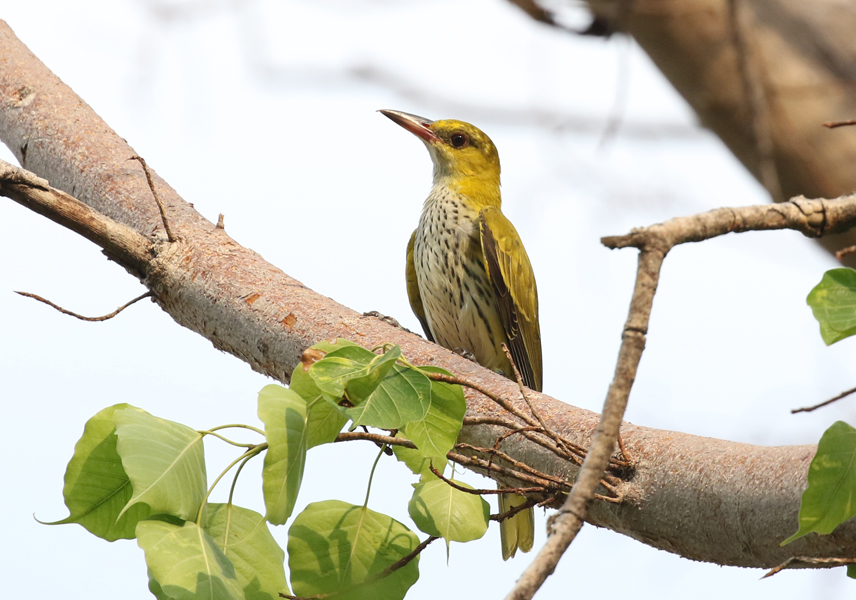
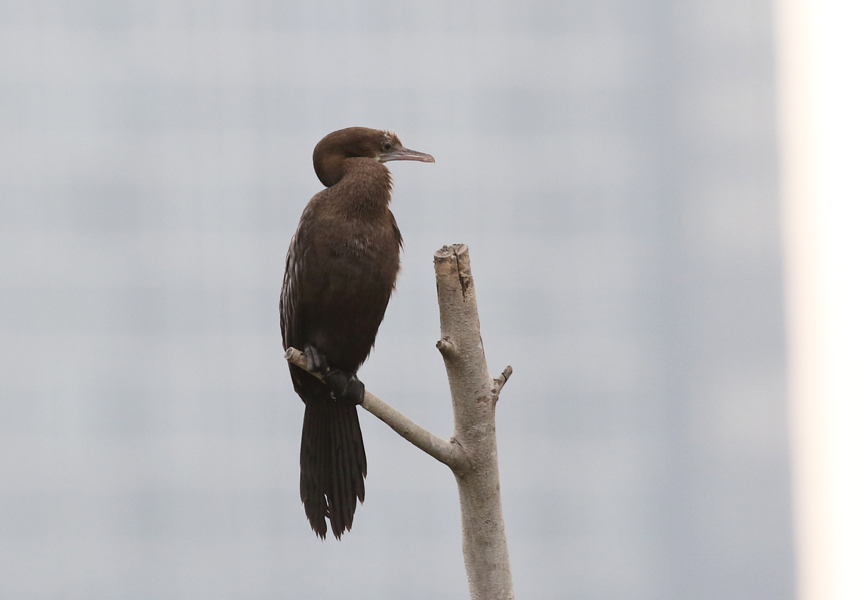
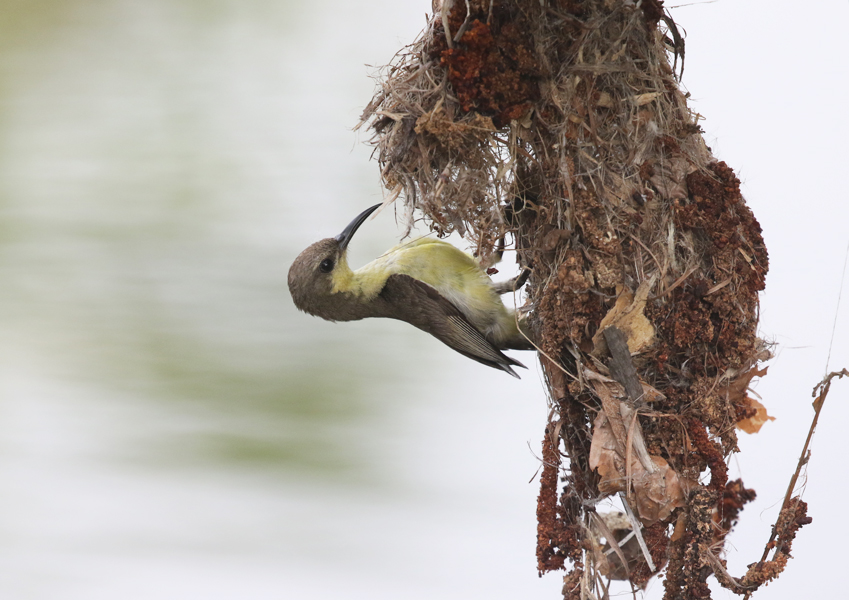
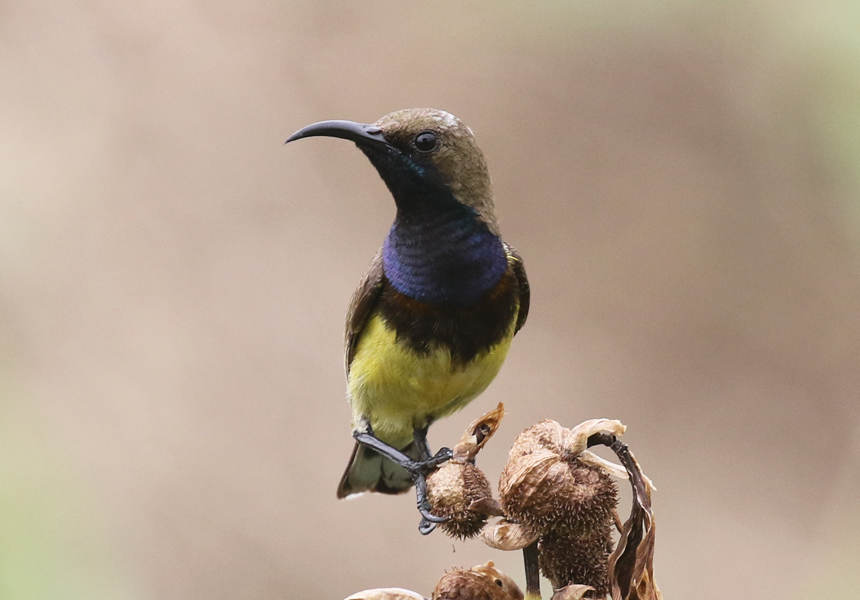
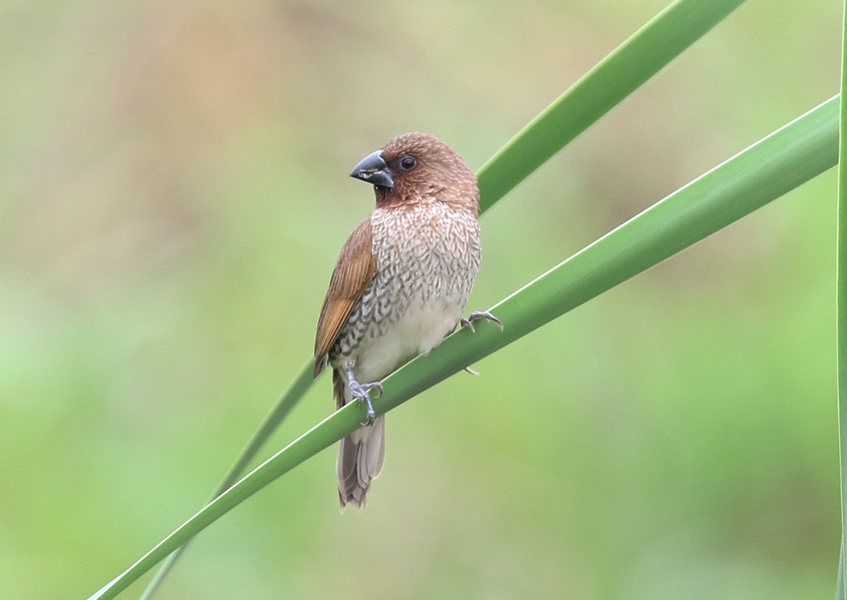
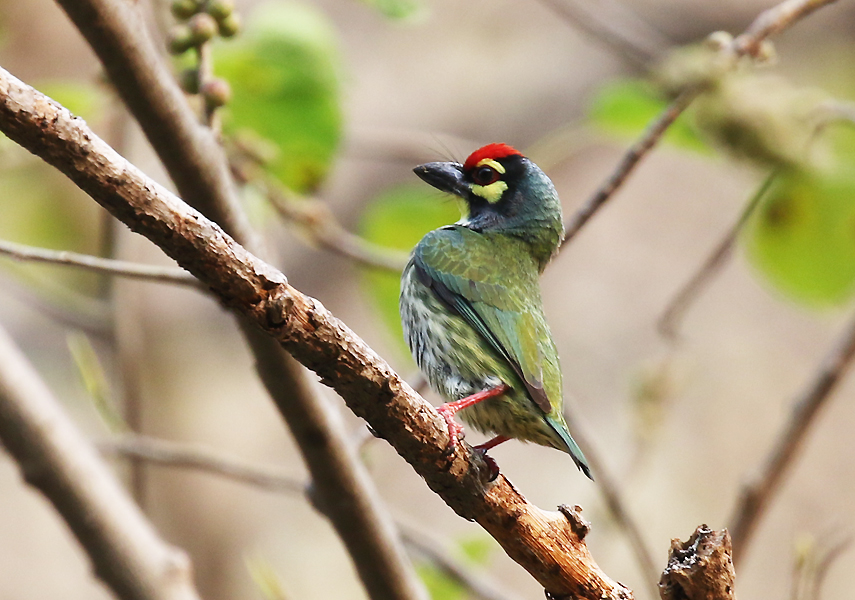
 Posted in
Posted in  Tags:
Tags: 










